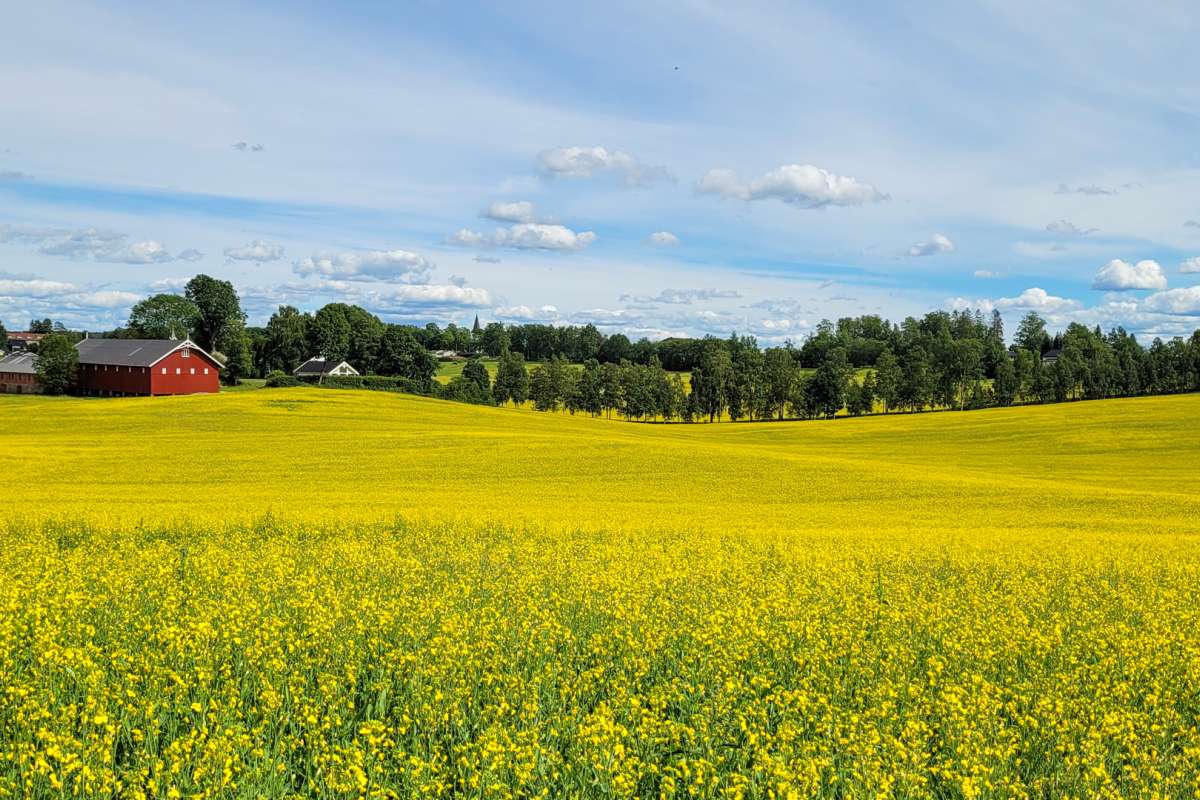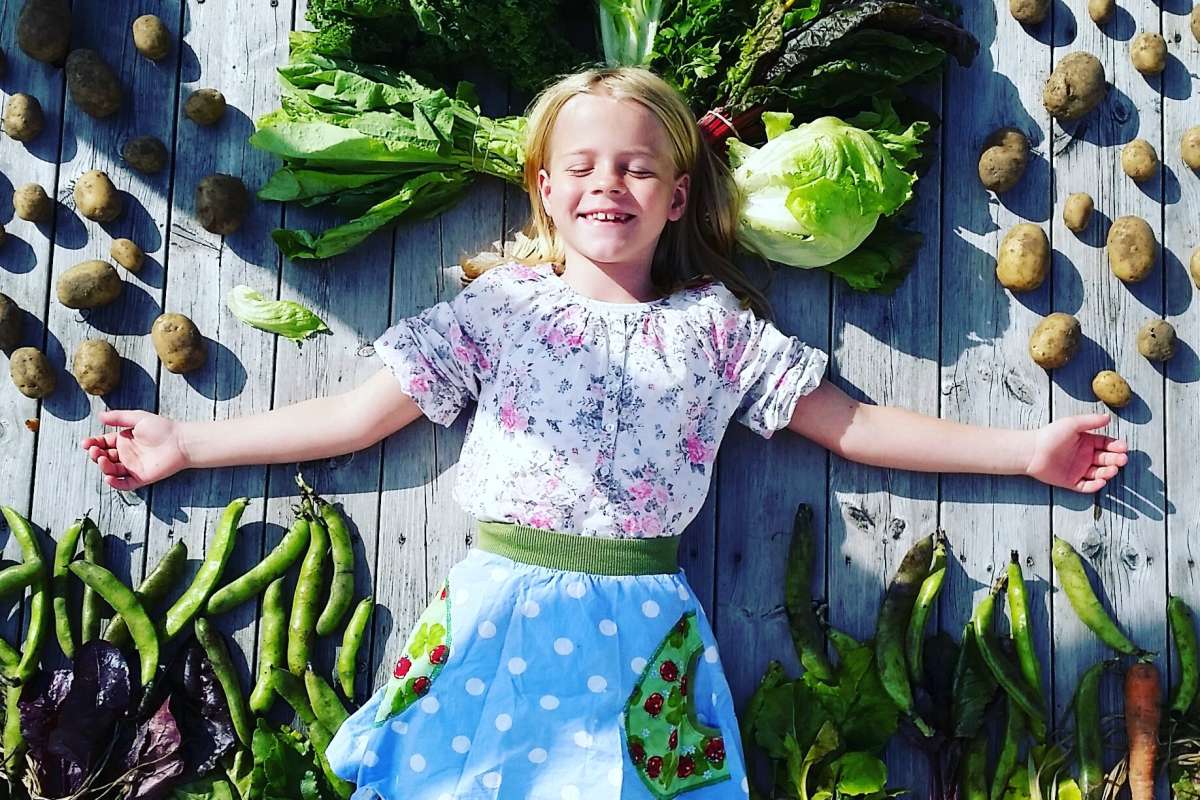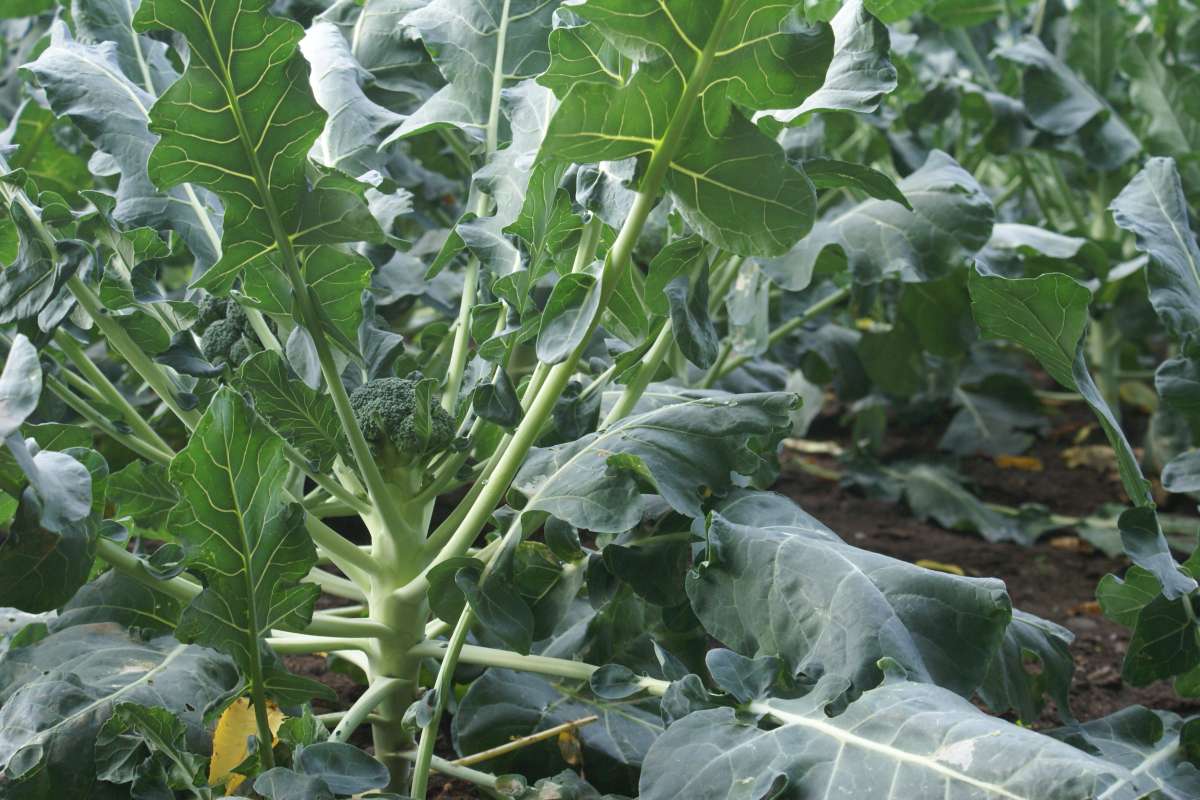A jungle of exotic crops – made in Norway
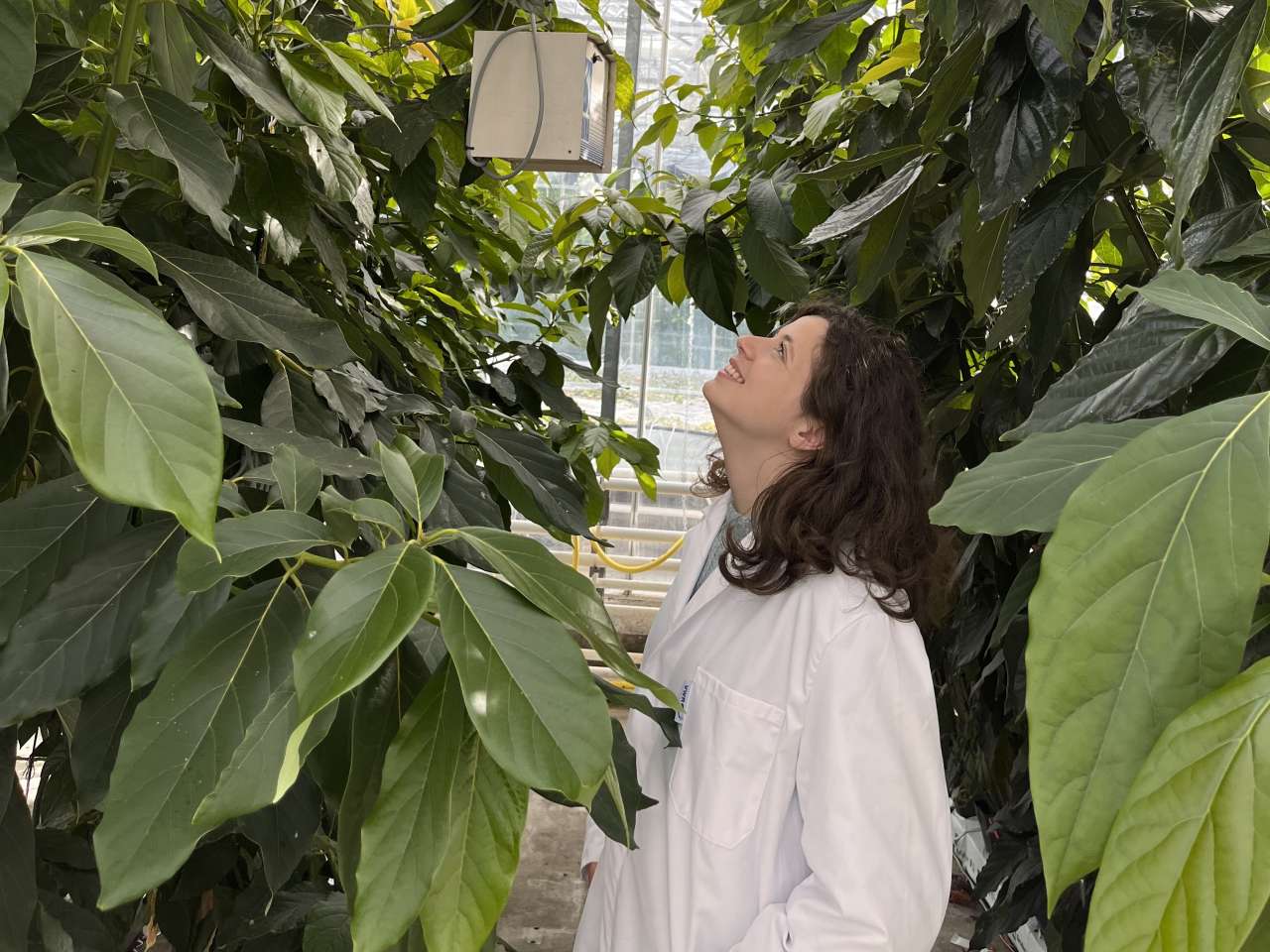
Is it possible to grow exotic fruits in Norway? Researcher Carolina Palmer explains how excess heat from industry can be used to grow melons and avocados in Norwegian green houses. Photo: Silje Kvist Simonsen
Did you know that in the future, you might be able to buy melons, sweet potatoes, and avocados that are grown in Norway? NIBIO is running several projects exploring the potential to produce exotic crops both in greenhouses and in open fields. Step into the jungle!
We import about 97% of all the fruit we eat in Norway. Apart from apples, pears, cherries, and plums, we hardly produce any fresh fruit at all. Considering our northern climate and short growing season, this is not surprising. That does not stop researchers who are determined to change the statistics.
Using waste heat to grow exotic fruits
Carolina Falcato Fialho Palma is a researcher at NIBIO. She is from Portugal and has a keen interest in exotic fruits. She believes Norway has the potential to grow more of its own fruit – including exotic varieties.
"Norway has a significant untapped resource that we could use to produce exotic fruits. Across the country, industries and data centres generate large amounts of excess heat. What if we could use some of this heat to heat our greenhouses, instead of using propane, natural gas or electricity as we do today?”
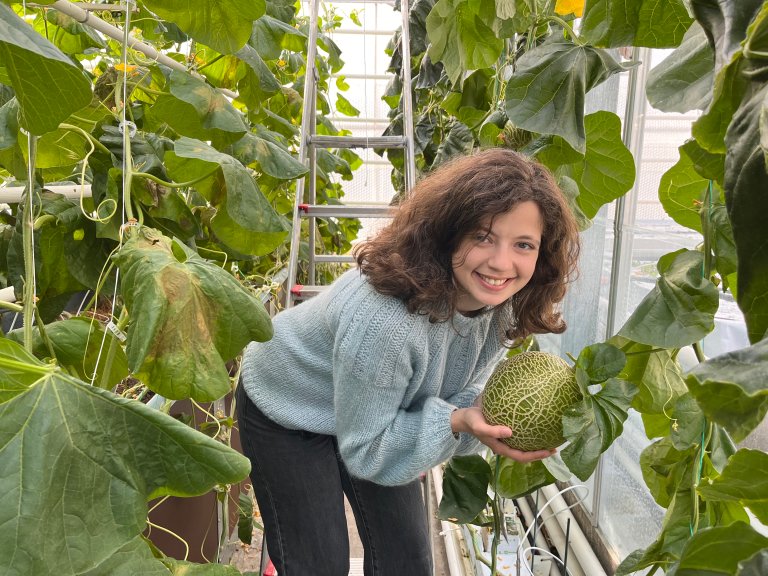
A room filled with melons
Palma leads the way through the greenhouses at NIBIO Særheim, where experiments with exotic crops are in full swing. She opens a door to a sea of green.
“Welcome to the melon room,” she says with a smile.
Inside are rows of melon plants. There are two types: honeydew and cantaloupe. The plants stretch all the way to the ceiling, where senior engineer Martine Hana Løken is busy trimming them.
"We were surprised by how fast the plants grow," Løken explains. "They can grow 20 cm in a single day, so we have to tie them up every other day; otherwise, it would be chaos in here!"
Caring for a room filled with melon plants takes a lot of work. The plants need to be trimmed to prevent them from growing out of control and tied up regularly. Palma and Løken are also working to optimize melon production.
“There are many questions to consider. How densely should the plants grow? Which type of growing medium works best? What is the optimal trimming method, and how many flowers should be allowed to produce melons?”
Palma shares that they have made plenty of mistakes along the way and learned a lot.
“It is important for us to make these mistakes and gain experience. This knowledge will be invaluable for future melon growers, who can learn from what we have done.”

Norwegian sweet potatoes – a consumer challenge
The potential for new crops is not limited to greenhouses. At NIBIO Apelsvoll in Østre Toten and NIBIO Landvik in Grimstad, researchers have been growing sweet potatoes in open fields for several years.
“It is absolutely possible to grow sweet potatoes in Norway,” researcher Emilie Sandell states.
“When cultivating heat-demanding crops such as sweet potatoes, it is crucial to give them an earlier and warmer start. By covering the soil with white fabric early in spring or late in autumn, we can extend the growing season and give the plants more growing days.”
Sandell speaks fondly about sweet potatoes. They are resilient plants that require little water and nutrients and are not prone to pests or diseases. If properly dried at high temperatures after harvest, sweet potatoes can be stored for a long time. However, Sandell is uncertain about the commercial viability of sweet potato farming in Norway.
“Transitioning to a new crop is not cheap. A lot of the propagation material for sweet potatoes is expensive, and the farmer might need to invest in new machinery. Additionally, sweet potatoes are vulnerable to mechanical damage, so a lot of work should be done manually. Thus, the consumer must be willing to pay a higher price.”
Sandell believes that one of the biggest challenges for Norwegian sweet potatoes is the market.
“Are consumers willing to pay more for Norwegian-grown sweet potatoes? I think effective marketing will be key to the success of Norwegian sweet potatoes.”
The sweet potatoes grown in Norway will also look different from those commonly sold today.
“A Norwegian sweet potato will be longer and thinner than what people are used to,” Sandell explains.
Sandell believes some markets are better suited for Norwegian sweet potatoes than others.
“Customers at farmers’ markets and farm shops are usually willing to pay a higher price. I think Norwegian sweet potatoes could perform well there.”
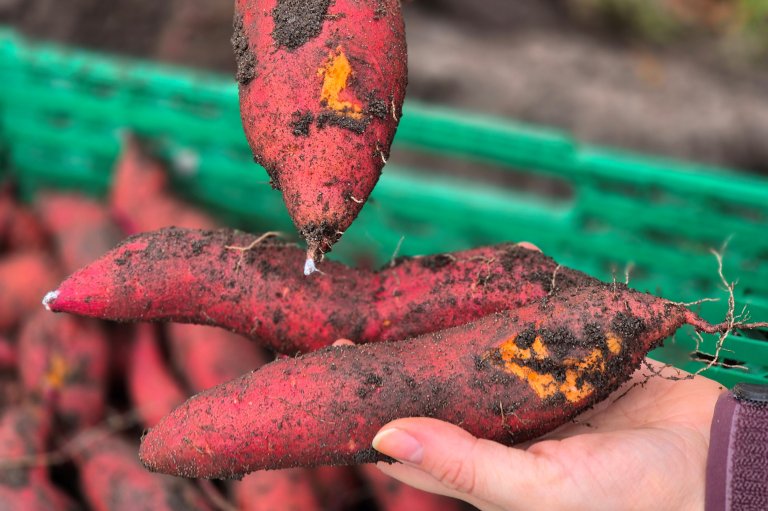
A future for Norwegian exotic fruits
Back in the greenhouses at Særheim, Palma leads the way into another jungle.
Here, tall avocado trees reach toward the ceiling. Just like the melons, the goal is to grow avocados using excess heat from industry.
“These avocado plants are three years old. When we received them less than a year ago, they were about one meter tall. You can see how much they have grown since then – far faster than we expected.”
When the trees were ready, they were grown under conditions to stimulate flowering. The result was rewarding: “The trees are blooming, and hopefully we will soon be harvesting the first avocados at Særheim!”
Palma is optimistic that Norwegian consumers will be able to buy Norwegian-grown melons and avocados within ten years.
“Once we have figured out how to grow melons and avocados, I would like to move on to other exotic fruits, like papayas and mangoes,” Palma concludes with a smile.
Contacts

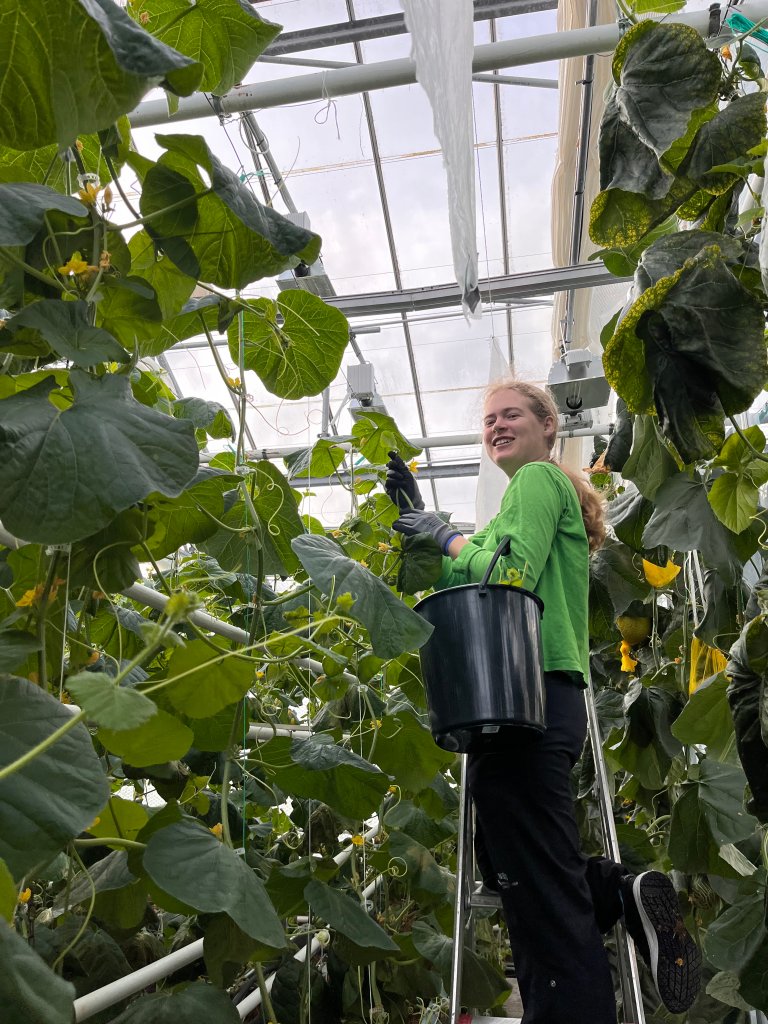
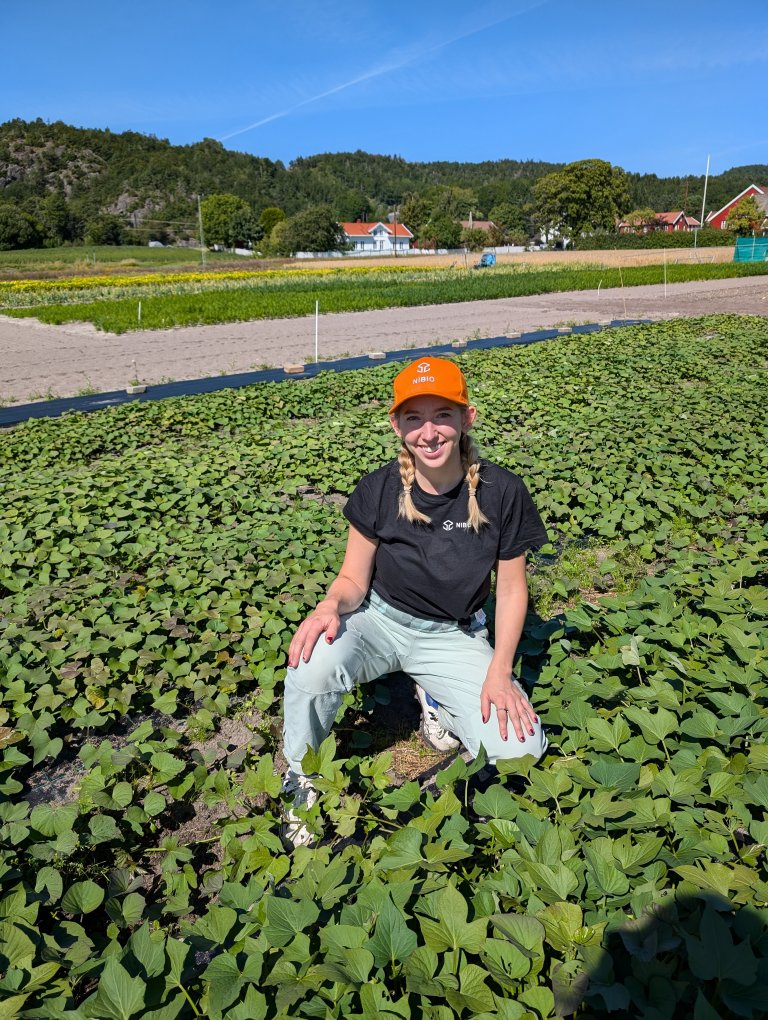

Contacts


